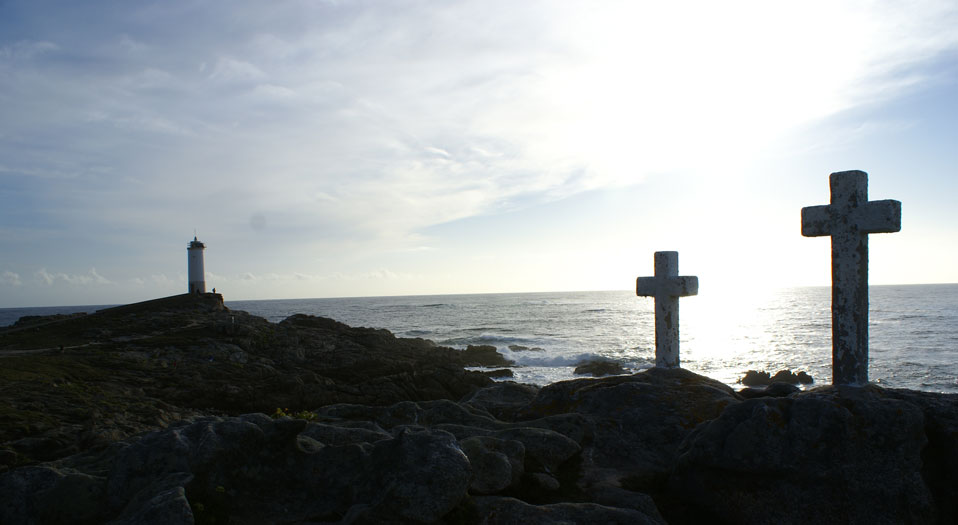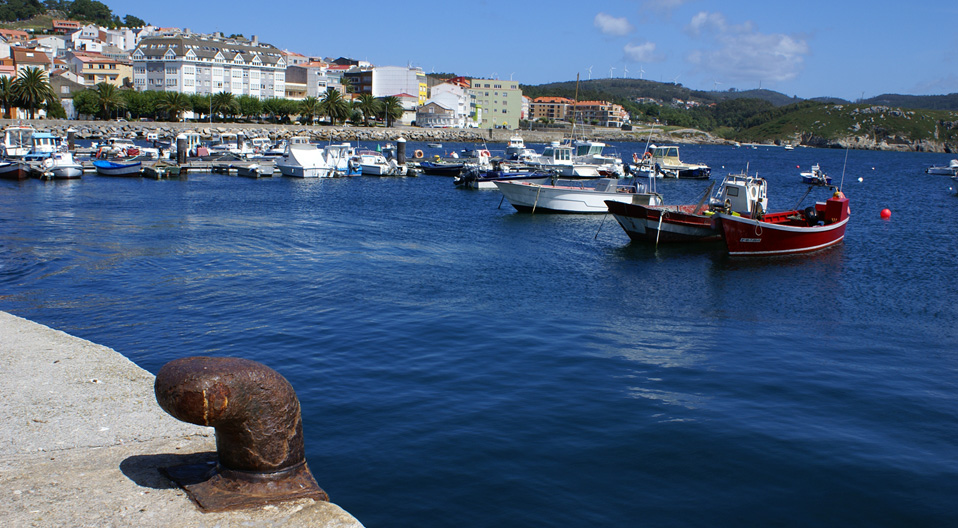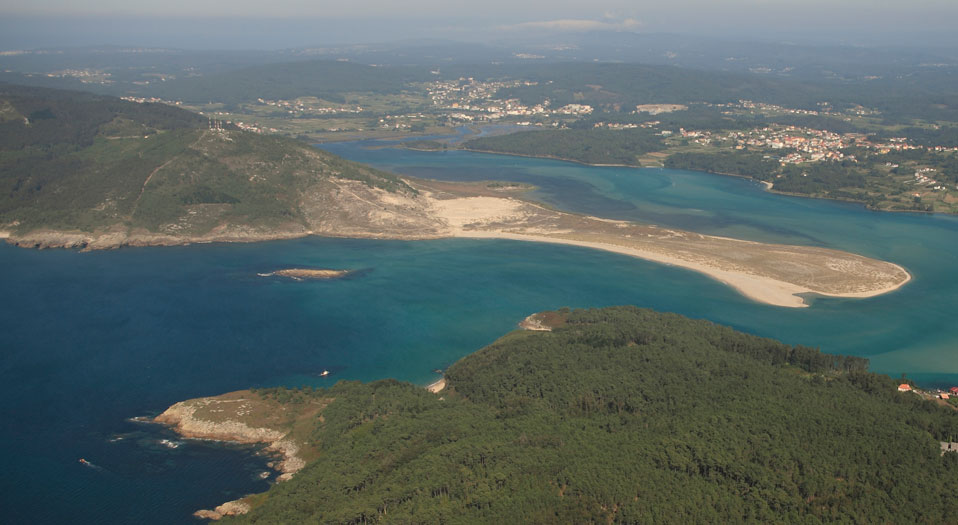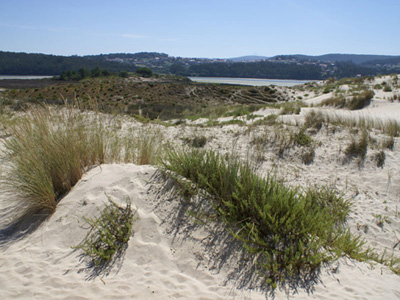









Flora and fauna of the Anllóns estuary
In the different environments found in this space (beds of rushes and reeds, extensive beaches, dunes and cliffs) such as the common ringed plover (Charadrius alexandrinus). You'll also discover species such as the mallard (Anas platyrhynchos), the oystercatcher (Haematopus ostralegus), the little egret (Egretta garzetta), the teal (Anas crecca), the grey heron (Ardea cinerea), the common shoveler (Anas clypeata), the Eurasian curlew (Numenius arquata) or the great cormorant (Phalacrocorax carbo). The bird observatory localted by the river is a great place for bird watching. You only need to be patient ...
Climb up to the bird observatory and take a look around!
And if you have binoculars, even better!

As you walk, take a look at the islet that rise up in the middle of the estuary. This is the island of Cagallóns Os, an important habitat for native and migratory birds, both land and sea. The Anllóns estuary is a major bird transit point, which is why it is protected as a Special Protection Area for Birds (SPA). It is a stopping point for bird species following migration routes from Europe, Asia, Africa and even North America. Some species fly as many as 11,000 km without stopping! Fishermen also often come here to catch bait.
Later on, from the top of the dunes, you'll also have an excellent view of the area.





